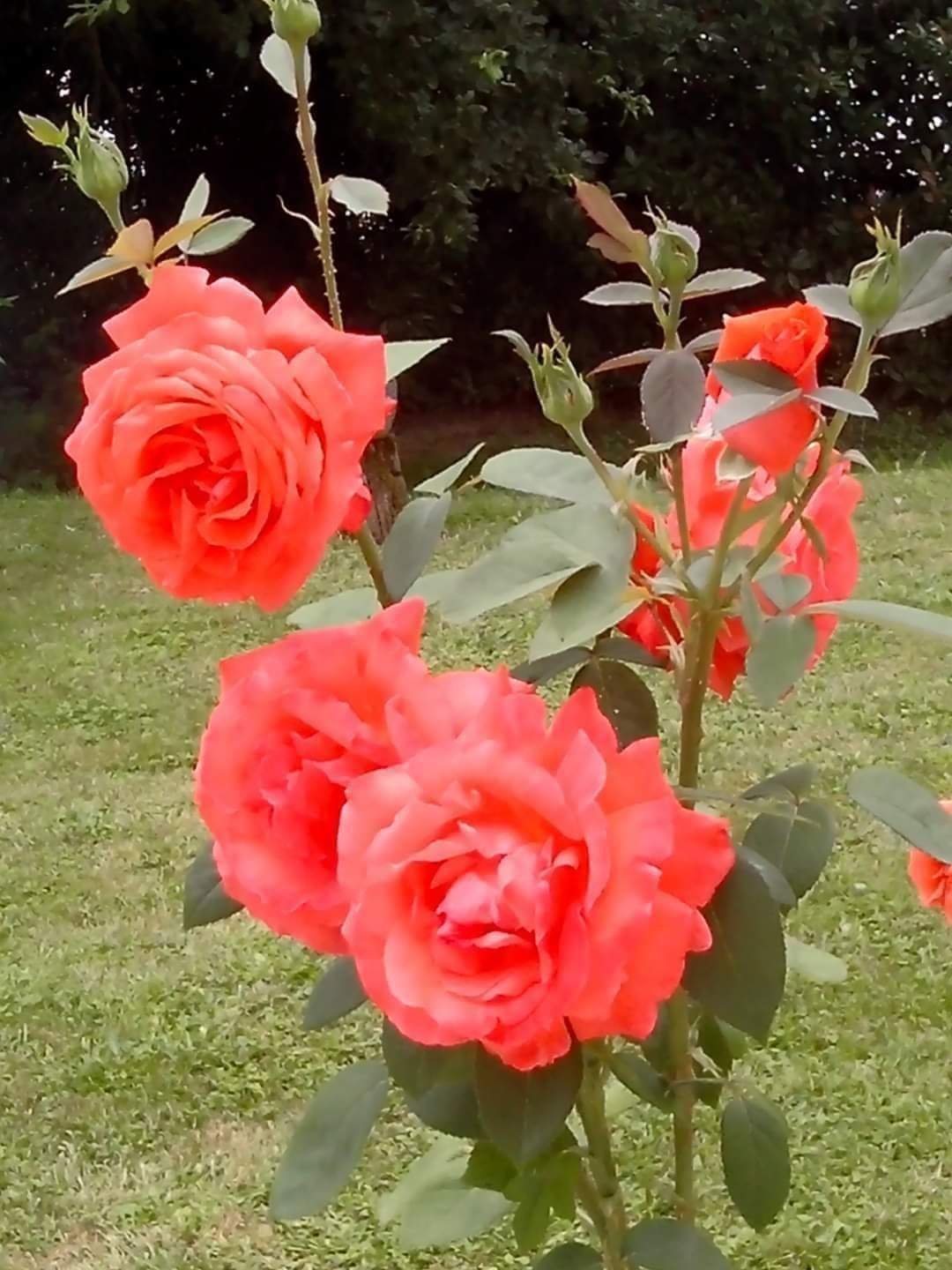Identifying Common Rose Bush Diseases

What are the Symptoms of Black Spot on Rose Bushes?
Black spot is a common fungal disease that affects rose bushes. The symptoms include circular, black spots on the leaves, often surrounded by a yellow halo. Infected leaves may drop prematurely, and the canes can develop purple-red blotches that blacken with age. Black spot thrives in warm, wet, or humid weather, especially during the cool spring and fall months.
How Do You Treat Powdery Mildew on Rose Bushes?
Powdery mildew is another fungal disease that can affect rose bushes. The symptoms include a white, powdery growth on the leaves, shoots, and buds. Early signs include chlorotic or reddish areas on the leaves that eventually develop the characteristic powdery appearance. Powdery mildew thrives in humid and warm conditions, even in relatively dry environments.
What are the Signs of Cercospora Leaf Spot on Rose Bushes?
Cercospora leaf spot is a disease that causes small circular spots on the leaves with a purple halo, expanding to grayish-tan centers as the tissue dies. The spots can also occur on other parts of the plant. Similar to black spot, Cercospora leaf spot thrives in wet and humid conditions.
Treating Diseased Rose Bushes

How to Treat Black Spot on Rose Bushes?
To treat black spot, immediately remove and dispose of affected leaves to prevent the spread of the disease. Apply fungicides containing chlorothalonil, mancozeb, or copper every 7-10 days during wet weather. Organic alternatives include neem oil and sulfur. Additionally, remove all fallen leaves and debris at the end of the season to limit overwintering spores.
How to Treat Powdery Mildew on Rose Bushes?
To treat powdery mildew, prune and dispose of infected shoots and leaves. Use fungicides like myclobutanil, triadimefon, or bicarbonate solutions. Organic options include neem oil, sulfur, and milk solutions. Improve air circulation around the plants to reduce humidity.
How to Treat Cercospora Leaf Spot on Rose Bushes?
To treat Cercospora leaf spot, remove and dispose of affected leaves as soon as they are spotted. Clear all fallen leaves and debris at the end of the season. Apply fungicides containing chlorothalonil or copper every 7-10 days during wet weather. Organic alternatives include neem oil and sulfur.
Preventing Rose Bush Diseases
What Soil Conditions Help Prevent Rose Bush Diseases?
Ensure the soil drains well to prevent waterlogged conditions that promote fungal diseases.
How Can Watering Practices Prevent Rose Bush Diseases?
Avoid overwatering by watering roses at the base to prevent wetting the leaves, which can spread fungal spores. Water in the morning to allow leaves to dry before nightfall. Use drip irrigation or soaker hoses to minimize leaf wetness.
How Can Pruning Techniques Prevent Rose Bush Diseases?
Prune roses regularly to improve air circulation and remove any diseased or damaged wood. Prune in late winter or early spring before new growth begins. Disinfect pruning tools between cuts to prevent the spread of diseases.
What Other Preventative Measures Can Help Treat Diseased Rose Bushes?
Mulch around the base of the plants to retain moisture and suppress weeds, but avoid mulching too close to the plant to prevent moisture from accumulating. Maintain a balanced fertilization schedule to keep the plants healthy and resilient to disease.
Reference:
1. 10 Common Rose Problems (and How to Fix Them)
2. 11 Rose Bush Diseases: Identification, Prevention, and Treatment
3. Rose Diseases
